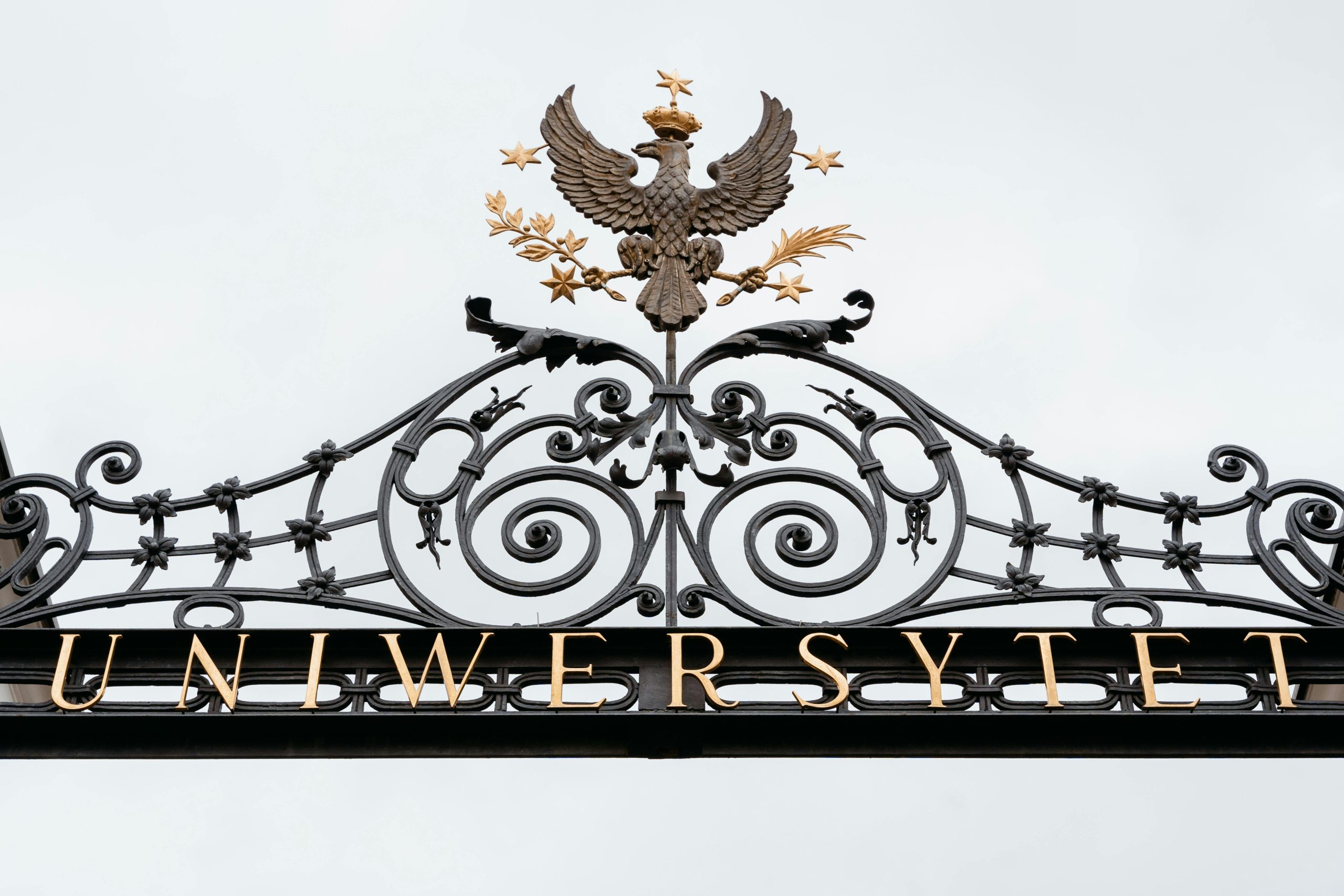Addressing the Surge of Language School Groups on Public Transit: A Call for Improved Etiquette and Safety Measures
In recent weeks, residents and commuters alike have noticed a significant increase in large groups of language school students occupying public transportation across the city. This phenomenon, seemingly unprecedented prior to the COVID-19 pandemic, has raised concerns regarding passenger safety and behavioral standards on our transit systems.
The Emergence of Large Student Groups
Since the return to normalcy post-pandemic, these groups—often comprising dozens of young students—appear to be congregating en masse in stations and onboard trains. The scale and frequency of these gatherings are striking, especially considering that such occurrences were rarely observed before the health crisis. This sudden proliferation prompts questions about the underlying causes—whether driven by changes in operational policies, increased demand for language instruction, or other factors.
Behavioral Challenges and Safety Risks
A recurring issue associated with these groups pertains to public transport etiquette. There have been numerous reports of overcrowding, aggressive pushing, and disruptive behavior that compromise the safety and comfort of all passengers. Notably, station staff have been seen intervening via loudspeaker announcements, attempting to manage the situation, yet with limited success. The lack of visible guidance or enforcement from accompanying school personnel adds to the concern, as unruly conduct persists amidst the boarding and alighting processes.
Potential Solutions and Recommendations
Given that many of these students’ families have the financial means, it raises the question of whether private transportation options could be more suitable. Transitioning large groups to chartered buses or private arrangements could alleviate congestion, reduce risks, and foster better behavioral discipline.
Furthermore, communication with the school organizations involved is essential. It is advisable for transportation authorities and city officials to collaborate with the managing entities of these language schools, emphasizing the importance of proper public transport etiquette and safety protocols. Incorporating pre-trip briefings or guidelines for students, deploying additional supervisory staff during peak hours, and considering reserved or special transit arrangements for large groups could significantly improve the current situation.
A Shared Responsibility for Safer Transit
Ensuring the safety and comfort of all commuters is a collective responsibility. While individual passengers can exercise patience and good manners, institutions organizing these student groups also bear a duty to implement responsible planning and oversight. By fostering coordinated efforts and exploring alternative logistics, we can uphold a more respectful and secure environment on our public transportation systems.
In conclusion, addressing the influx of large language school groups requires a strategic and collaborative approach. Public transit


London Resident Perspective: Promoting Respectful and Responsible Transit Use
I completely agree with the points raised about the surge of large language school groups on our public transport. As a London resident and daily commuter, I’ve observed firsthand how these gatherings can significantly impact the comfort and safety of others.
It’s essential to emphasize the importance of proper etiquette and supervision for such groups. Schools and organizations should collaborate closely with Transport for London to implement measures like:
Furthermore, fostering a culture of respect and responsibility among students can go a long way in maintaining a harmonious transit environment. Initiatives like parent or school-led behavioral workshops could reinforce good manners and safety protocols.
Ultimately, it’s a shared responsibility among schools, transport authorities, and commuters alike. By working together, we can ensure our beloved city’s transportation system remains safe, efficient, and welcoming for everyone.
Considering the Broader Impact on London’s Public Transit Environment
While the concerns regarding safety and etiquette are valid, it’s also important to acknowledge that these large student groups can enrich our city’s cultural diversity. However, this should not come at the expense of the comfort and safety of regular commuters.
Additionally, promoting responsible behavior through education campaigns aimed at students—perhaps integrated into their orientation programs—could cultivate better transit etiquette over time. Collaborating with language schools to understand their logistical needs and developing innovative solutions, such as dedicated transit partnerships or student transport passes, could really make a difference in maintaining the accessibility and safety of our public transport network for everyone.